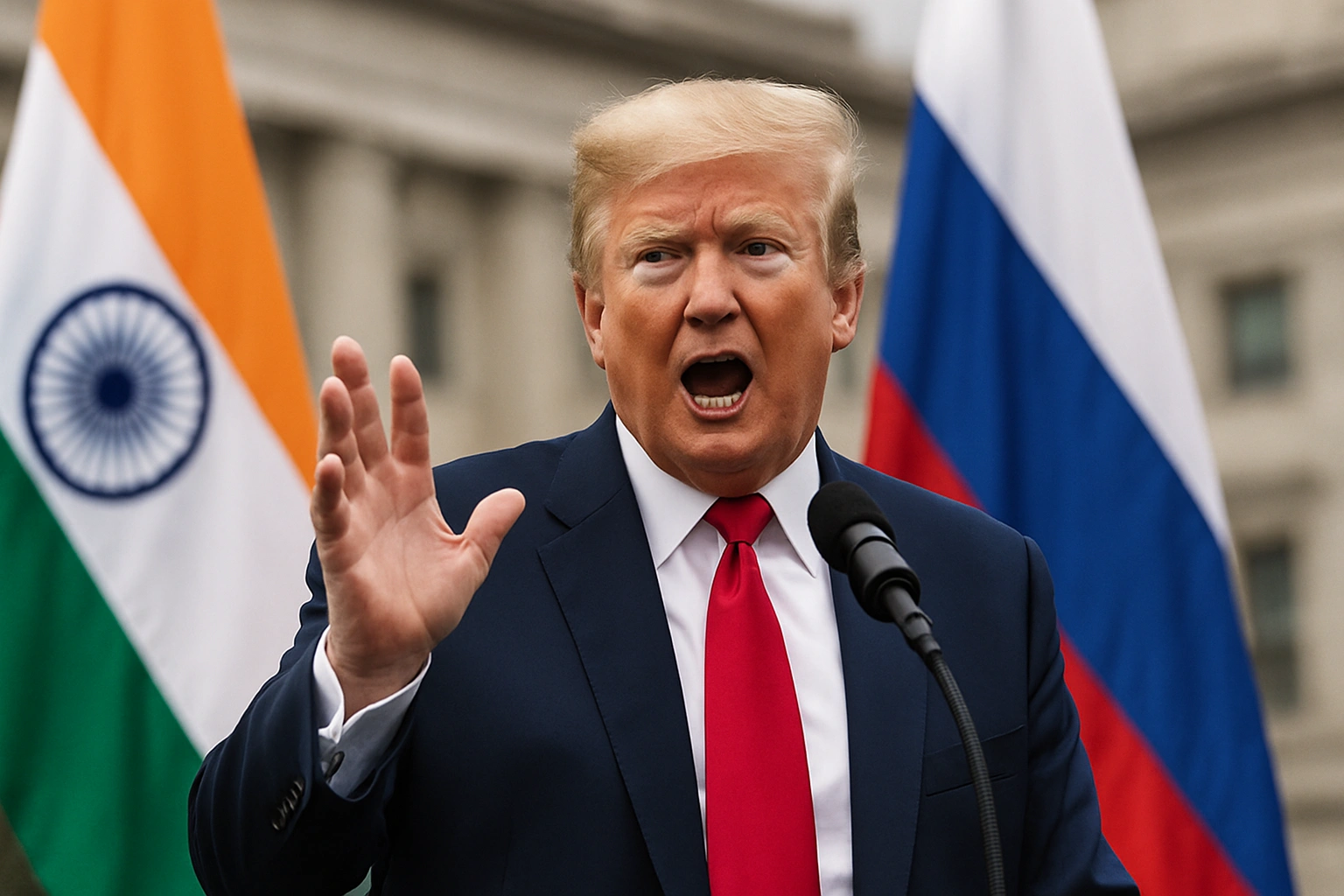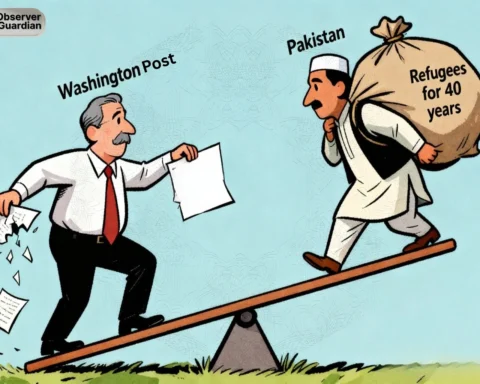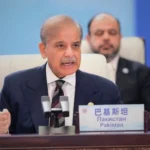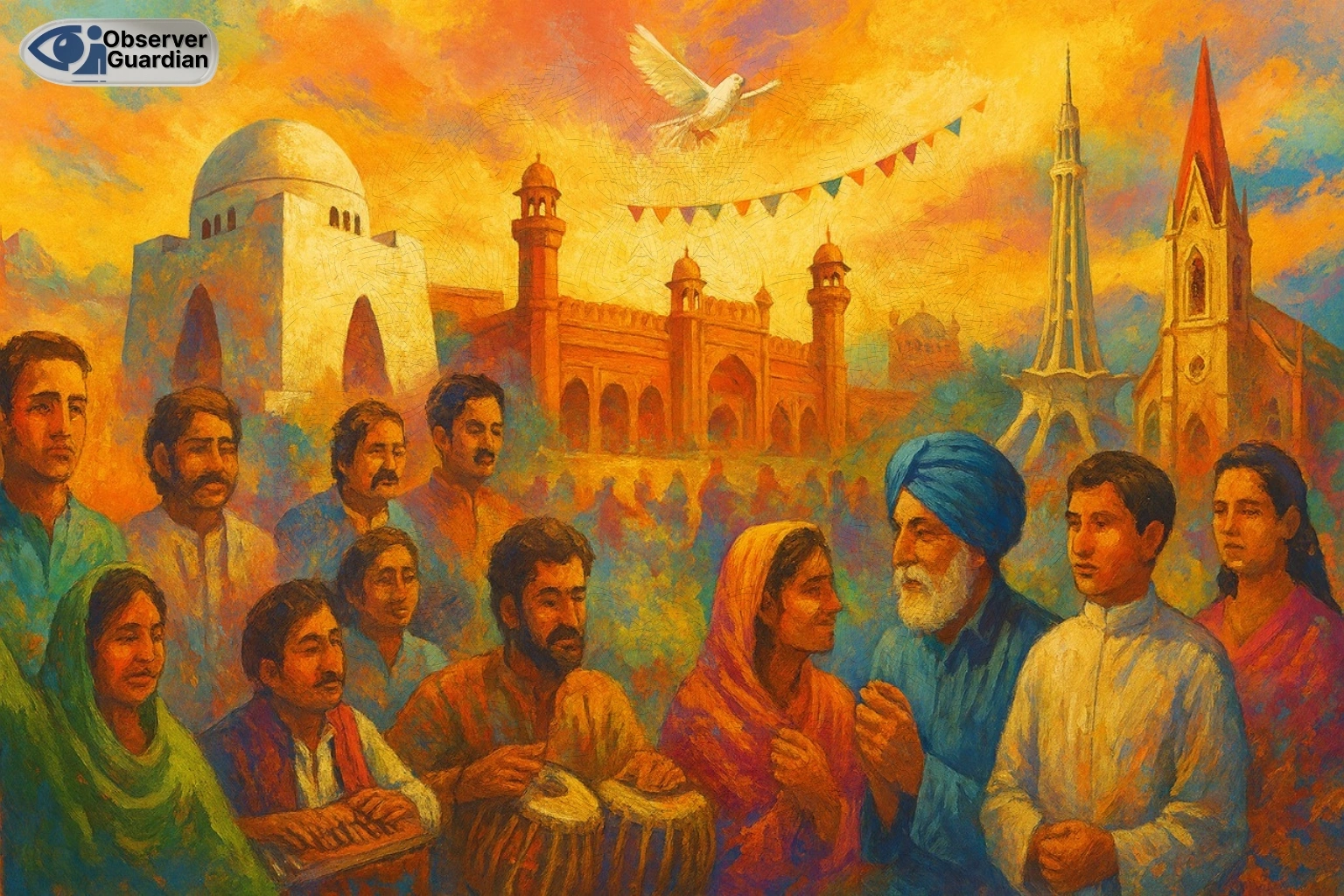In August 2025, the US Indian relationship, which was once hailed as strategically essential in the twenty-first century, finds itself at a turning point. A diplomatic storm has been sparked by President Donald Trump’s recent tirade over India’s continued energy trade with Russia and his subsequent declaration of sharply higher tariffs on Indian exports. Below the headlines is a more complex story about the boundaries of collaboration, the realities of self-interest, and whether India’s economic assertiveness heralds a new era of global multipolarity or calls into question its worth as a “reliable” ally for the West.
Trump’s Fury: From Friendly Partner to Harsh Critic
The primary target of President Trump’s criticism, which was delivered with unmistakable bluntness on his Truth Social platform, was India’s “massive” purchases of Russian oil. As a result of its trade, Trump accused India of “(not caring) how many people in Ukraine are being killed.” He said that Indian refiners not only purchased cheap Russian oil but also resold it on open markets for “big profits.” Trump claimed that India’s actions were equivalent to “fuelling the Russian war machine”, which betrayed the spirit of new alliances formed after the invasion of Ukraine as well as US expectations.

This is an unexpected shift from a leader who, in previous years, praised India as a defence against Chinese influence in Asia and boasted about his relationship with Prime Minister Narendra Modi. But annoyance reached a boiling point:
Trump claimed that India has not been a good trading partner, citing the country’s “strenuous and obnoxious” trade barriers and high tariffs on US goods.
Tariff Tremors: A Trade War on the Horizon
A keen economic edge soon emerged in the diplomatic dispute. Trump threatened to significantly raise the tariff within 24 hours if India did not abide by American demands regarding Russian oil imports. Trump had already imposed a 25% tariff on Indian goods, which is among the highest of any major economy. These potential new charges, which could reach 100% on some imports, are on top of the current penalties and are causing anxiety in the business communities of both nations as well as in international markets.
Using economic pressure to force a change in India’s energy policy and consequently to undermine Russia’s revenue streams at a time when the war in Ukraine is still going on with no end in sight is the US administration’s obvious justification. However, such actions are dangerous and could ruin a vital bilateral partnership at the most inopportune moment.

India’s Defiance: National Interest Over Partnership
India has responded with unusual vigour and speed. Referring to Trump’s tariff threats as “unjustified and unreasonable”, Indian officials reminded the world of the larger picture: when Europe stopped importing from Russia at the beginning of the conflict in Ukraine, the West itself had urged India to increase its purchases of Russian energy to stabilize the world market.
The Indian foreign ministry insisted that its imports are “compelled by the global market situation” to supply its sizable population with affordable energy.
The spokesperson Randhir Jaiswal said, “India will take all necessary measures to safeguard its national interests and economic security,” in line with the country’s overall strategic stance.
Rethinking the Partnership: Reliability and Realism
Critics of Trump argue that his threats of tariffs could make vulnerable years of growing US Indian relations, particularly in areas such as technology, defense, and countering China’s dominance in Asia.
The US, according to the White House and its allies, cannot afford to overlook actions that “fund the Russian war effort”, according to their accounting.
On Fox News, Trump deputy chief of staff Stephen Miller stated that “all options are on the table” for him to impose policy changes, preferably diplomatically but also, if required, through penalty tariffs.
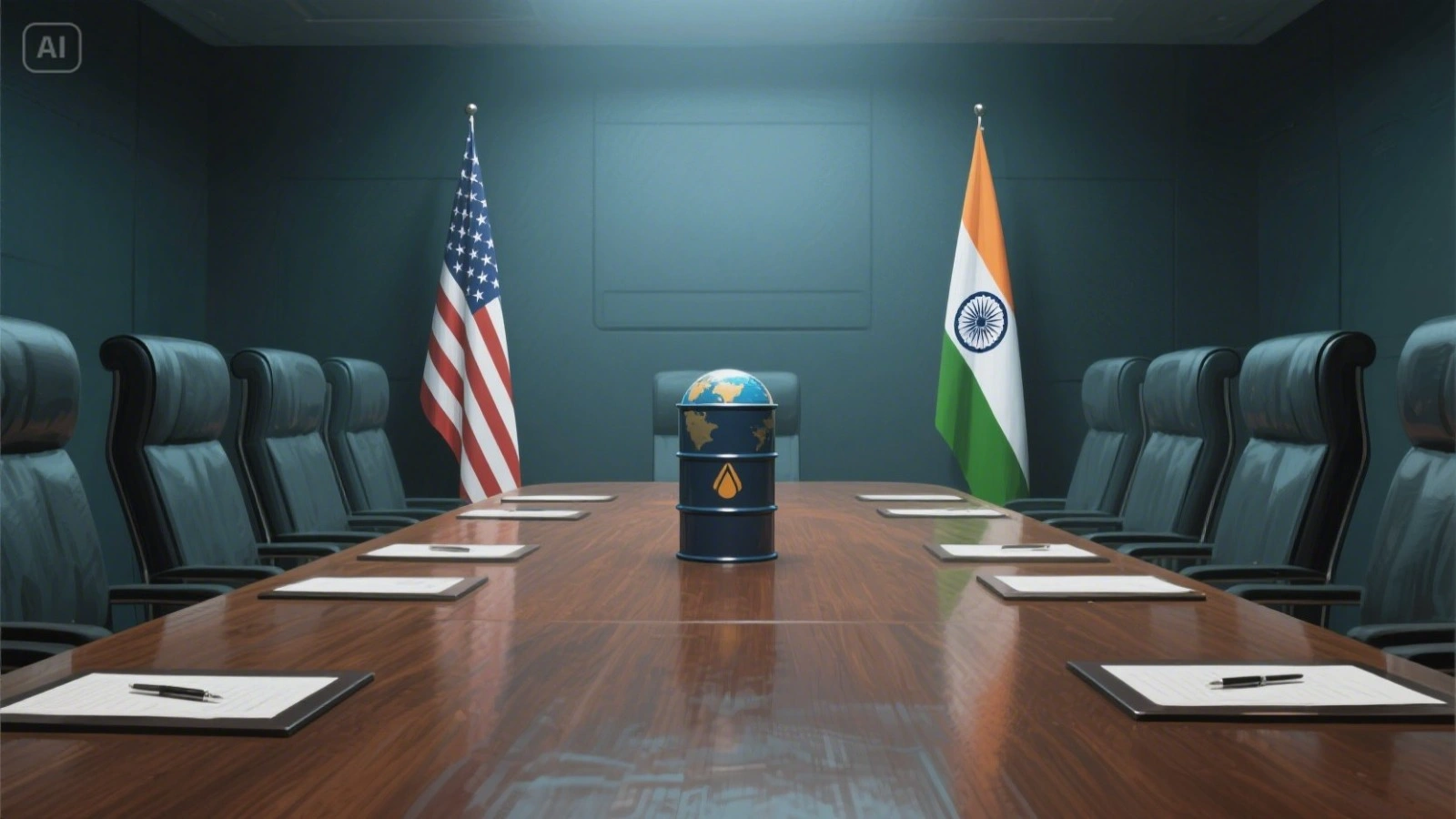
Wrapping
The recent confrontation between Trump and Modi’s India shows that alliances can falter even in favorable situations if they depend more on strategic interests than on genuinely held beliefs. The world is facing more than just a dispute regarding oil or trade obstacles as each side remains resolute; it is an evaluation of whether two different democracies can cultivate a respectful, beneficial, and lasting partnership in a swiftly changing global landscape. It is unclear if the harsh words of August 2025 signify the beginning of a significant shift in global politics or if they are just a temporary occurrence.
Disclaimer: The views and opinions expressed in this article are exclusively those of the author and do not reflect the official stance, policies, or perspectives of the Platform.

